At 2pints.com, we are avid supporters of the art of beer and food pairing. We believe in the potential to amplify your culinary experience by pairing the right beer with the right dish. This article aims to serve as your comprehensive beer pairing guide, offering expertise, insights, and a host of beer and food pairing tips.
Table of Contents
Understanding the Taste of Beer
Before we dive into the intricacies of beer and food pairing, it is essential to have a solid understanding of how the taste of beer is described. By familiarizing yourself with these key flavor profiles, you will be better equipped to identify complementary food options that will enhance the overall dining experience.
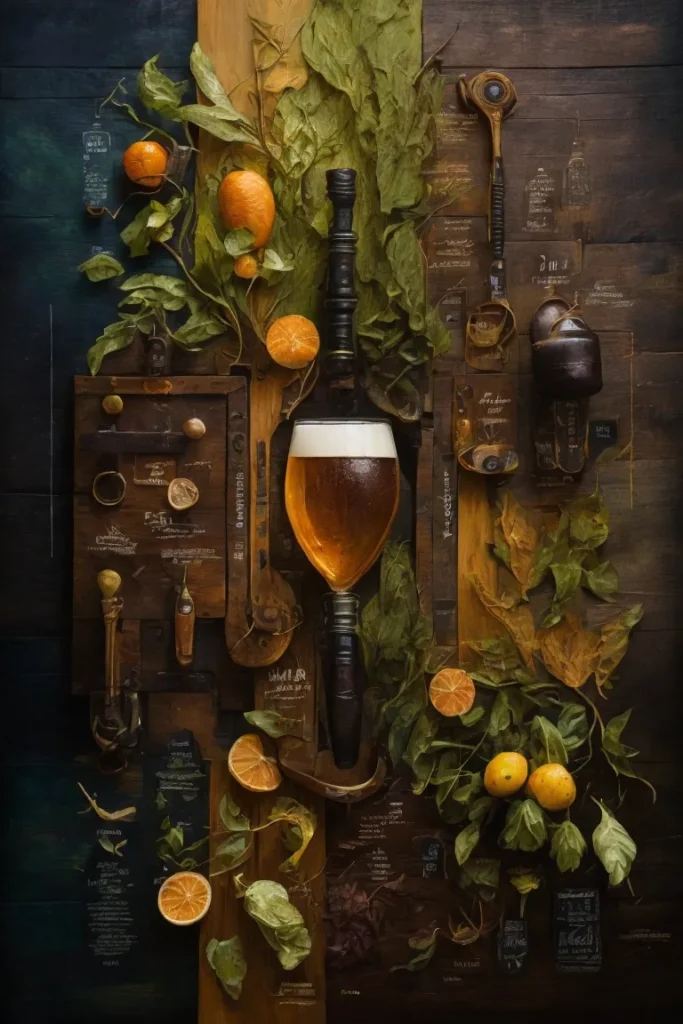
Hops: Often associated with bitterness, hops play a crucial role in determining the taste of beer. However, it’s important to note that not all hoppy beers are necessarily bitter. The flavor of a hoppy beer depends on when the hops are added during the brewing process. Hops have a versatile flavor and aroma that can enhance flowery and fruity notes in the beer.
Bitterness: Bitterness is a distinct flavor profile found in many beer styles. The intensity of bitterness varies across different types of beer, and breweries often use the International Bitterness Units (IBU) scale to indicate the level of bitterness. The higher the IBU, the stronger the bitterness.
Malt: Derived from roasted barley, malt imparts a nutty flavor and toasty aroma to the beer. During the roasting process, the sugars in the barley caramelize, resulting in a slightly sweet, caramel taste.
Dark and Light: When describing beer, the terms “dark” and “light” not only refer to the color but can also indicate the flavor profile. Dark beers are typically roasted longer than their lighter counterparts, resulting in a richer and heavier taste. The malt’s nutty and caramel flavor evolves into darker notes of chocolate and coffee with prolonged roasting. On the other hand, light beers are known for their clean and crisp taste, often with a low alcohol content and minimal bitterness.
Guidelines for Successful Beer and Food Pairing
Becoming proficient at best beer and food pairing isn’t rocket science. While there are no strict rules set in stone when it comes to beer and food pairings, adhering to a few key guidelines can significantly enhance the synergy between flavors and elevate the dining experience.The secret lies in understanding these simple principles:
1. Contrast
Creating contrast in your pairings involves selecting a beer or dish with a strong, dominant flavor that complements the other element without overpowering it. For instance, pairing oysters with a stout can be an excellent example of contrast. The briny flavor of the oysters stands up to the rich texture and chocolatey notes of the stout, creating a harmonious balance on the palate.
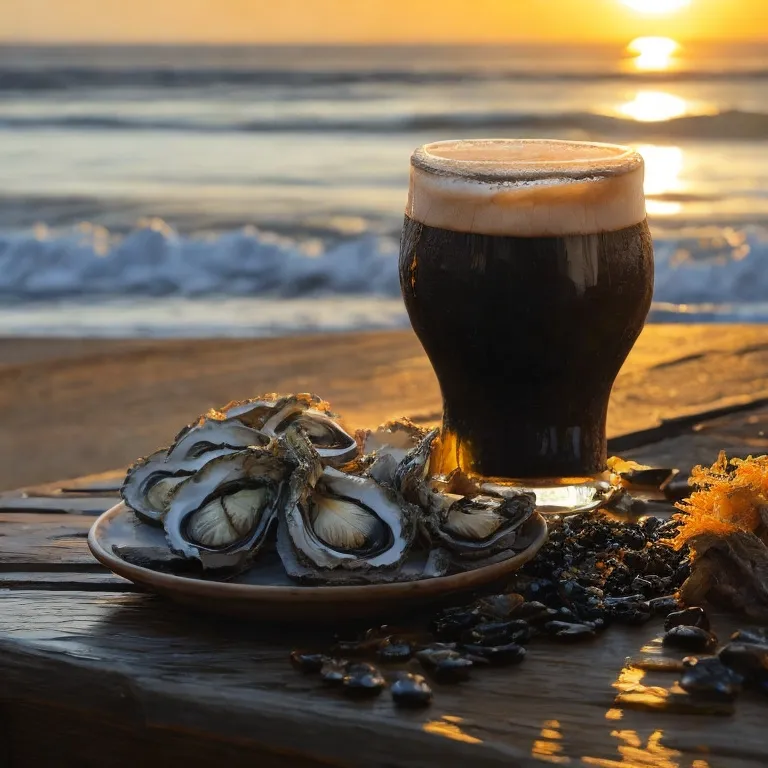
2. Complement
Complementing flavors is a straightforward approach to beer and food pairing. Match rich and hearty foods with beers that have a similar profile, such as stouts or porters. Light-tasting salads and seafood dishes can be paired with light beers or wheat beers, while fruit tarts and desserts can find their perfect match with wheat beers.
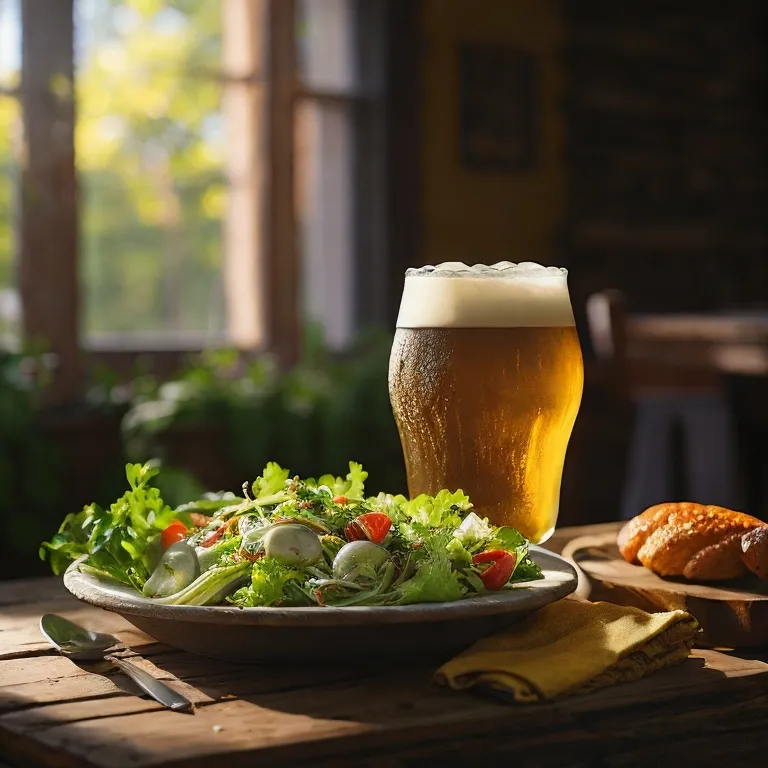
3. Cleanse
Beer can also act as a palate cleanser, refreshing the taste buds between bites. This type of pairing is particularly useful for dishes with strong or overpowering flavors, such as spicy Indian cuisine or fatty fried foods. For example, a light and crisp beer can help wash down the heat of Korean fried chicken, providing a refreshing and contrasting experience. Similarly, fatty foods like french fries or nuts can cut through the bitterness of an IPA, creating a balanced and enjoyable pairing.
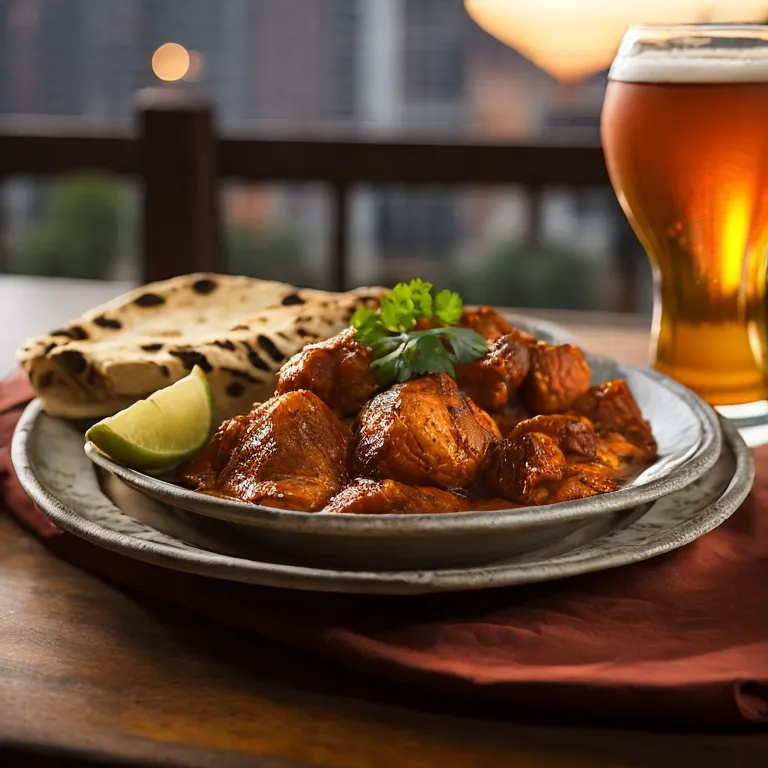
4. Avoid Overpowering Flavors
It’s essential to consider the intensity of flavors in both the food and beer to ensure they harmonize effectively. Some medium and dark beers possess rich and robust flavors that can overpower certain types of food. For instance, pairing a delicate salmon dish with a robust stout like Guinness might mask the subtleties of the fish, resulting in an imbalanced pairing. Opt for more complementary options that allow each element to shine individually while working harmoniously together.
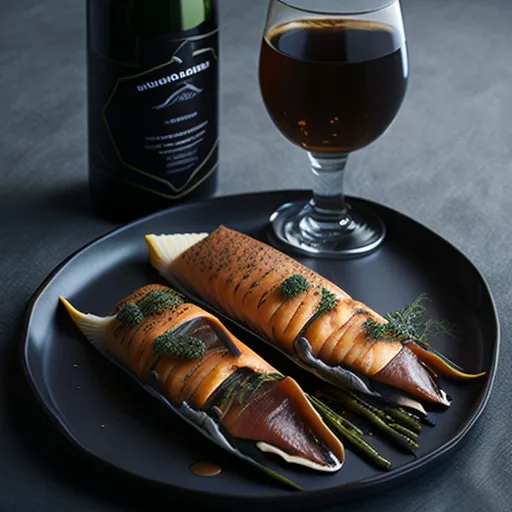
Beer Pairing Based on Style
To further assist you in your journey of the best beer and food pairing, we’ve compiled a handy list of beer styles and their ideal food companions:
| Beer Style | Food Pairings |
|---|---|
| Pale Ales | Grilled meats, spicy dishes, and citrusy salads |
| India Pale Ales (IPAs) | Hearty, spicy, and flavorful dishes |
| Amber Ales | Burgers, pizzas, and fried foods |
| Dark Lagers | Red meats, hearty dishes, and pizzas |
| Light Lagers | Salads, light seafood, and citrus-based dishes |
| Wheat Beers | Spicy dishes, seafood, and sushi |
| Pilsners | Light seafood, spicy cuisine, and chicken |
| Porters | Smoked foods, barbecued dishes, and chocolate desserts |
| Stouts | Oysters, rich desserts, and heavy stews |
Tips for a Perfect Beer and Food Pairing
Here are some handy beer and food pairing tips:
- Start with what you know: Begin your beer pairing journey with your favorite beer and foods.
- Taste is subjective: Everyone’s palate is different. Explore and find what works for you.
- Experiment: The fun of beer and food pairing lies in experimentation.
- Balance is the key: Make sure neither the beer nor the food overpowers the other.
- Consider intensity: The strength of your beer should match the strength of your dish.
Enhancing the Beer and Food Pairing Experience
n addition to understanding the flavor profiles and guidelines for beer and food pairing, a few additional considerations can enhance the overall experience for your customers:
- Glassware Selection: Choose appropriate beer glasses for each beer style. The right glass can enhance the aroma, appearance, and overall drinking experience.
- Educate Your Staff: Train your staff to provide knowledgeable recommendations to customers seeking beer and food pairings. They should be well-versed in the flavor profiles of different beers and the complementary food options available.
- Customer Engagement: Encourage customers to share their feedback and experiences with your beer and food pairings. This engagement not only builds rapport but also provides valuable insights for refining and expanding your pairing menu.
By incorporating these additional elements into your beer and food pairing strategy, you can create a truly memorable dining experience for your customers and establish your establishment as a go-to destination for exceptional culinary combinations.
Final Thoughts
Mastering the art of best beer and food pairing can be a rewarding experience, not only for the enhanced dining it offers but also for the joy of exploring and discovering unique, delightful combinations. Remember, there are no right or wrong answers in this journey – it’s all about what suits your palate the best.
Here at 2pints.com, we are thrilled to guide you through your journey of beer and food pairing. Stay tuned for more exciting insights and tips. And as we always say – keep exploring, keep enjoying!
FAQs
-
Q1: What are some popular beer and food pairing combinations?
Absolutely! The art of beer and food pairing can truly enhance your dining experience. Here are a few popular combinations:
Lagers with spicy foods or burgers. The crispness of a Lager can perfectly balance the heat in a spicy dish or cut through the richness of a burger.
Stouts with chocolate desserts or shellfish. The robust flavors of a Stout can stand up to the richness of chocolate or contrast the brininess of shellfish.
India Pale Ales (IPAs) with steak or Mexican food. The bitterness of an IPA can counterbalance the umami in steak or match the robust flavors in Mexican cuisine.
Amber Ales with pizza or smoked pork. Amber Ales brings a caramel sweetness that complements the char on a wood-fired pizza or smoked meat.
Remember, these are just guidelines, and the beauty of pairing beer with food is in the experimentation. -
Q2: How do I pair beer with different types of cuisine?
Pairing beer with different types of cuisine comes down to balancing and complementing flavors. Here’s a quick guide:
American cuisine: Pair bold dishes like barbecued ribs or burgers with a hoppy IPA or rich Stout.
Italian cuisine: The subtle flavors of pasta and pizza go well with balanced beers such as Pilsners or Amber Ales.
Mexican cuisine: Spicy and flavorful Mexican dishes pair wonderfully with light Lagers or bitter IPAs.
Asian cuisine: With diverse flavor profiles, Asian dishes can be paired with a variety of beers. Spicy dishes go well with light Lagers, while umami-rich dishes complement dark beers like Porters and Stouts. -
Q3: Can you suggest beer and food pairing options for vegetarian dishes?
Of course! Vegetarian dishes offer a variety of flavors, and there’s a beer for each one. Light salads pair well with crisp Pilsners, while a hoppy IPA can stand up to spicy vegetarian curries. Portobello mushroom burgers are excellent with Brown Ales or Stouts due to their earthy, robust flavors. Finally, a fruit-forward wheat beer complements sweet and tangy dishes like a grilled vegetable kebab or a tomato and mozzarella salad.
-
Q4: Which beers go well with spicy foods?
Spicy foods can be tricky to pair, but the right beer can enhance the dining experience. Light, crisp beers like Pilsners and Lagers can help cut through the heat and refresh the palate. Alternatively, hoppy beers like IPAs can stand up to the robust flavors of spicy dishes. However, avoid beers with high alcohol content as they can enhance the burn.
-
Q5: Are there any specific recommendations for pairing beer with desserts?
Certainly! Beers with a natural sweetness like Brown Ales, Porters, and Stouts can make great dessert companions. For instance, the chocolate and coffee notes in a Stout can complement a chocolate dessert or a cheesecake. Fruit-based desserts can pair well with a fruit-infused beer or a tangy, tart Gose.

